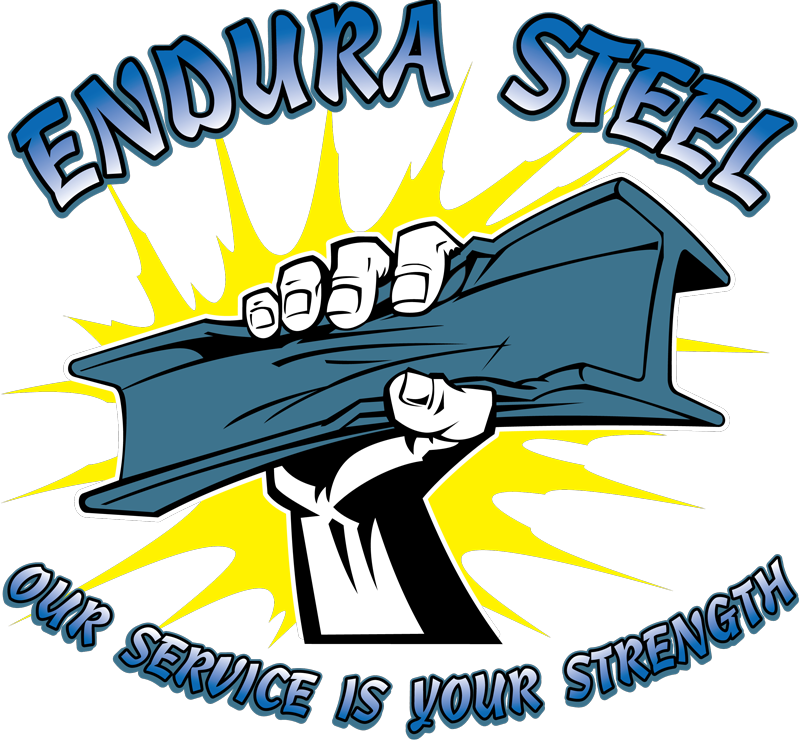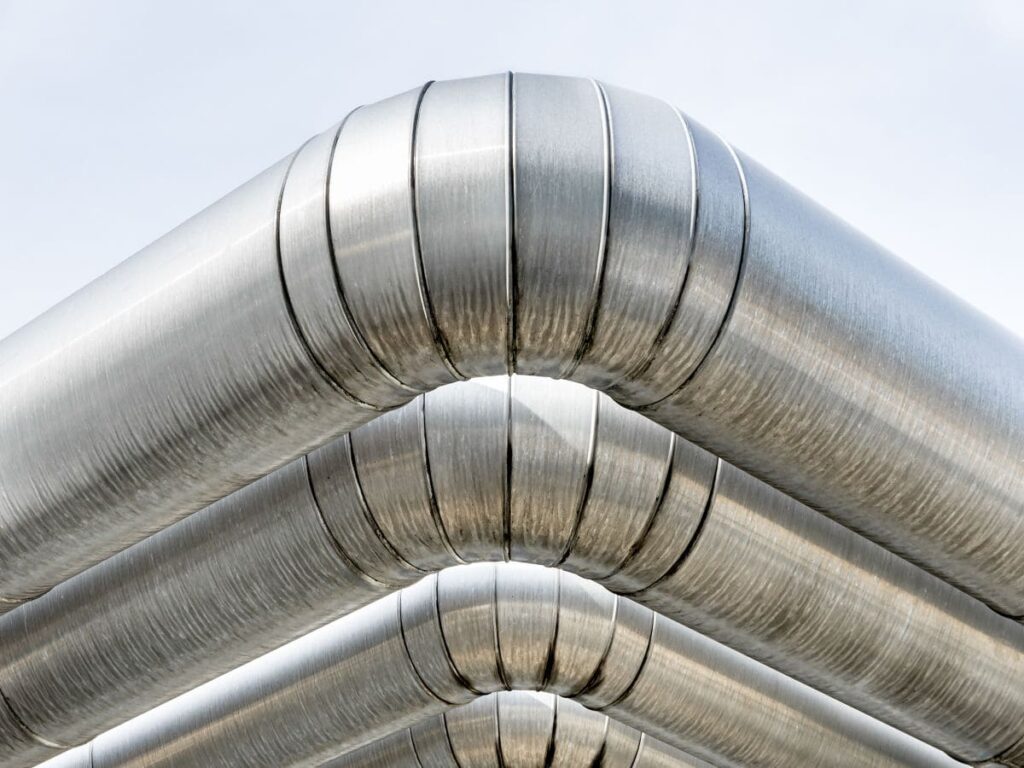Aluminum angles are structural materials that consist of two legs forming a 90-degree angle. These angles are commonly used in various industries and construction projects due to their high strength-to-weight ratio and corrosion resistance. The cross-sectional shape makes them ideal for basic frameworks to complex assemblies.
History and Evolution of Aluminum Angles
The use of aluminum angles gained prominence in the 20th century, particularly after World War II, when the production techniques for aluminum became more advanced and cost-effective. Initially, steel was the go-to material for angles in construction and other heavy-duty applications.
However, as technology improved and the unique advantages of aluminum—such as its lighter weight and resistance to corrosion—became more apparent, the material saw a surge in popularity. Aluminum angles are ubiquitous in modern construction, automotive design, and even DIY home projects.
This shift reflects broader changes in material science and engineering, where the quest for more efficient, durable, and sustainable materials is ongoing. Aluminum angles are now an industry standard, offering a versatile alternative to traditional steel angles.
What Are Aluminum Angles?
Aluminum angles are L-shaped bars made of aluminum or its alloys. These structural components connect other parts at a 90-degree angle, providing stability and rigidity in various applications.
Basic Physical Characteristics
Shape
The cross-section of an aluminum angle typically resembles the letter “L,” consisting of two legs that meet at a 90-degree angle. The orientation can be equal, where both legs are the same length, or unequal, where one leg is longer.
Size
Sizes can vary depending on the application. Standard dimensions usually range from as small as 1/2-inch by 1/2-inch to as large as 8-inch by 8-inch. The thickness of the material can also range, generally between 1/16-inch to 1/2-inch, although custom sizes are often available for specialized projects.
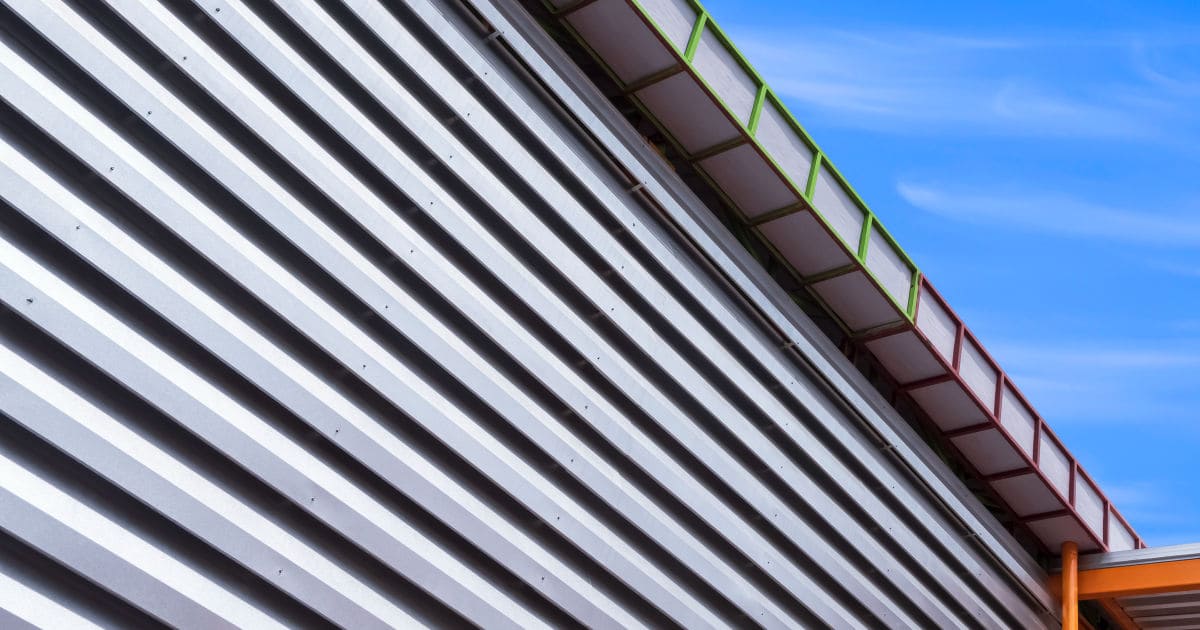
Types of Aluminum Alloys Used for Angles
6061 Aluminum
6061 aluminum is used in aluminum alloys, especially for structural applications. It contains magnesium and silicon as its primary alloying elements. This alloy has excellent mechanical properties, including good tensile strength and high corrosion resistance. It’s often used in applications requiring a balance of strength and flexibility, such as aerospace components and heavy-duty structures.
Key Features
Tensile strength: 45,000 psi
Yield strength: 40,000 psi
Excellent weldability
Good machinability
6063 Aluminum
6063 aluminum is another popular choice but is often used for its aesthetic properties. It has a smoother surface finish and is easier to extrude into complex shapes, making it ideal for architectural and cosmetic applications. This alloy contains magnesium and silicon, similar to 6061, but in different proportions.
Key Features
Tensile strength: 27,000 psi
Yield strength: 21,000 psi
Superior surface finish
Easier to extrude
5052 Aluminum
5052 aluminum contains magnesium as its major alloying element, with traces of chromium. This alloy is noted for its higher corrosion resistance, especially in marine environments, thanks to the presence of chromium. It has good workability and can be easily formed, making it a choice for applications like sheet metal work, tanks, and signage.
Key Features
Tensile strength: 33,000 psi
Yield strength: 28,000 psi
Excellent corrosion resistance
Good formability
Standard Dimensions of Aluminum Angles
Commonly Used Measurements
Aluminum angles come in standard sizes, often defined by two key dimensions: leg length and thickness. Regarding leg length, sizes can range from as small as 1/2-inch by 1/2-inch to as large as 8-inch by 8-inch. For thickness, you’ll commonly find aluminum angles ranging from 1/16-inch to 1/2-inch.
These sizes are commonly available “off-the-shelf” and are suited for various applications, from home DIY projects to industrial uses. Standard dimensions are readily available, making them more cost-effective and quicker.
Custom Dimensions
While standard dimensions cover the needs of many projects, custom dimensions are also frequently requested for specialized applications. Depending on the project’s requirements, custom-sized aluminum angles can be manufactured to specific lengths, widths, and thicknesses. For instance, custom dimensions might be needed in aerospace or specialized construction projects to meet specific strength or weight parameters.
Getting custom dimensions will often come with a longer lead time and higher cost due to the specialized manufacturing processes involved. However, these custom dimensions enable precision that may be necessary for certain advanced applications.
Manufacturing Processes of Aluminum Angles
Extrusion
Extrusion is one of the most common methods for manufacturing aluminum angles. In this process, a billet of aluminum alloy is heated to a specific temperature and pushed through a die of the desired angle shape. The extruded aluminum then cools and hardens, retaining the shape of the die. This process is especially popular for creating aluminum angles with uniform cross-sections.
Key Features
- Allows for complex shapes and tight tolerances
- Efficient for mass production
- Generally results in a smooth finish
Casting
Casting is another method to create aluminum angles, though less frequently than extrusion. In casting, molten aluminum is poured into a mold shaped like the desired angle. Once the aluminum solidifies, the mold is removed, leaving the cast aluminum angle. This process is ideal for creating angles with irregular shapes or additional features like grooves or notches.
Key Features
- Versatile for complex or irregular shapes
- Lower tooling costs compared to extrusion
- Slower production rates
Rolling and Forming
Flat aluminum sheets are bent into angles using a series of rollers or specialized machinery in the rolling and forming process. This method is commonly used for producing angles with larger dimensions or unique geometries that cannot be easily achieved through extrusion or casting.
Key Features
- Suitable for large, heavy angles
- Efficient for short production runs
- It can be more cost-effective for certain geometries
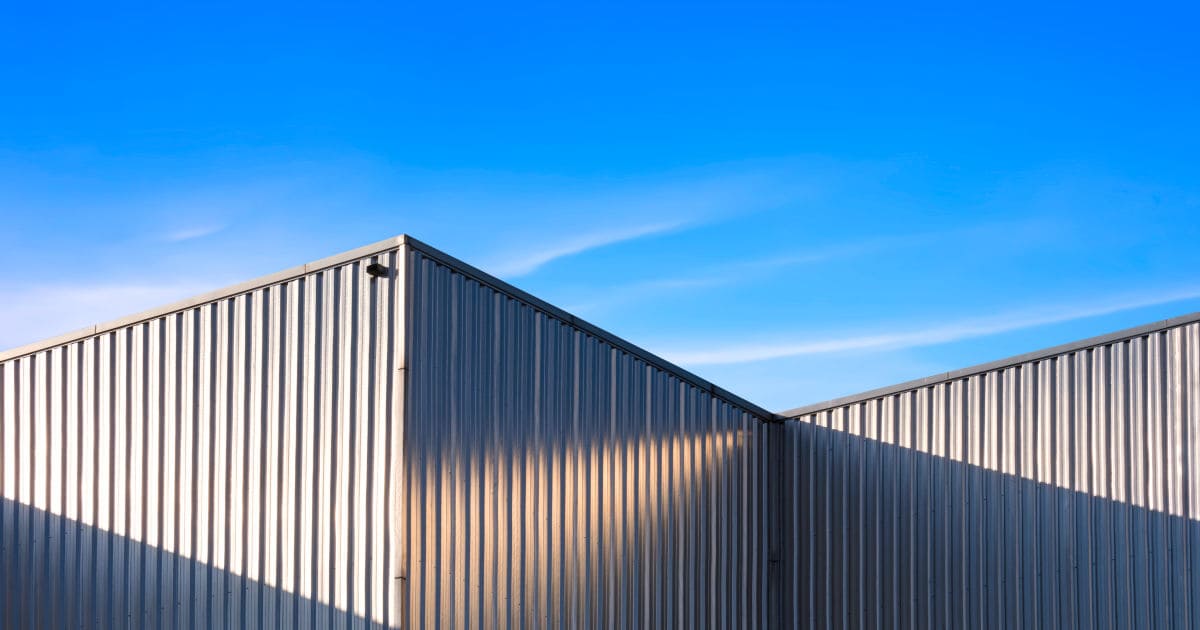
Applications and Uses of Aluminum Angles
Construction
In the construction sector, aluminum angles are widely used for their strength-to-weight ratio and resistance to corrosion. They are often found in frameworks, trusses, and building support structures. Their lightweight nature makes them easy to work with, reducing labor costs and speeding up project timelines. Their high resistance to environmental factors like rain and wind makes them durable choices for long-term structures.
Key Uses
- Frameworks for walls and roofs
- Support beams and columns
- Staircase handrails
Automotive Industry
In automotive design and manufacturing, aluminum angles are favored for their lightweight properties, contributing to fuel efficiency. They are frequently used in the structural parts of vehicles, including chassis and frames. Their corrosion resistance also makes them a preferred choice for components exposed to tough weather conditions or corrosive substances like road salt.
Key Uses
- Chassis and frame components
- Vehicle bodies
- Heat sinks for cooling systems
Home Projects
For the DIY enthusiast, aluminum angles offer versatility and ease of use. From creating custom shelving to building garden structures, these angles are straightforward to cut, drill, and assemble. Their lightweight nature makes them easy for a single person to handle, and their corrosion resistance is a big plus for outdoor projects.
Key Uses
- Custom shelving and storage solutions
- Garden trellises and greenhouses
- Home repairs, such as reinforcing corners or joints
Strength and Durability of Aluminum Angles
Tensile Strength
Tensile strength refers to the stress a material can withstand while being stretched or pulled. In aluminum angles, tensile strength is critical in determining how much load the angle can handle without failure. For example, 6061 aluminum has a tensile strength of around 45,000 psi, making it suitable for heavy-duty applications. Lower tensile strengths in other alloys like 6063 and 5052 make them better suited for less demanding applications.
Resistance to Corrosion
One of the standout features of aluminum is its natural corrosion resistance. When air is exposed, aluminum forms a protective oxide layer that shields it from further corrosion. This property is particularly important in applications where the material is exposed to moisture or corrosive substances, such as marine environments or road salt in automotive applications.
Weathering
Weathering refers to the breaking down or weakening materials due to exposure to environmental elements like wind, water, and temperature changes. Aluminum angles are generally good at resisting these factors. Special coatings or treatments can enhance their weather-resistant properties, making them even more durable in extreme conditions.

Cost Factors of Aluminum Angles
Material Costs
The cost of the raw aluminum alloy makes up a major component of the overall cost for an aluminum angle. Different alloys have different price points, influenced by their chemical composition and the complexity of their extraction and refinement processes. For example, specialized alloys used in aerospace may cost significantly more than general-purpose alloys.
Labor Costs
Manufacturing aluminum angles involves various steps, from extrusion or casting to finishing processes like anodizing or painting. Labor costs can vary based on processes, the degree of automation, and geographical factors such as local wage rates.
Market Fluctuations
The cost of aluminum is subject to market fluctuations due to supply and demand, geopolitical events, and economic conditions. These fluctuations can significantly affect the final cost of aluminum angles, especially for large-scale projects that require a substantial amount of material.
Future of Aluminum Angles
The future of aluminum angles is increasingly intertwined with advancements in sustainability and technology. As ecological concerns become more pressing, the aluminum industry is steering towards using more recycled material and developing low-carbon aluminum alloys. These changes will likely make aluminum angles even more appealing for eco-conscious projects, including those in emerging sectors like renewable energy.
Customization and on-demand production are also emerging trends that could significantly impact the market for aluminum angles. Advances in automation and additive manufacturing technologies, such as 3D printing, make producing specialized angles for unique applications easier and more cost-effective. This could reduce lead times for customized projects and offer more tailored solutions, increasing the material’s versatility and demand.
Sustainability and Environmental Impact
Environmental Cost of Production
The process of producing aluminum is known for being energy-intensive and can have various environmental impacts. These range from the degradation of natural habitats due to bauxite mining to greenhouse gas emissions during the refining and smelting stages. However, developers are making strides in creating cleaner, more sustainable production methods to offset these environmental drawbacks.
Recyclability
Aluminum is highly recyclable, one of its most compelling features from a sustainability standpoint. Like other aluminum products, you can melt down and reform aluminum angles into new shapes without losing material quality Notably, recycling aluminum requires only a fraction compared to producing it from raw materials, making it a far more energy-efficient process.
Use in Eco-Friendly Applications
People are increasingly using aluminum angles in environmentally friendly initiatives. These angles commonly appear in renewable energy installations like solar panel frames and wind turbines. Their light weight and durability make them especially suited for these applications, which aim to decrease carbon emissions and reduce fossil fuel dependency.
Eco-Conscious Alloys
There is an ongoing trend toward the development of eco-friendly aluminum alloys. Methods designed to minimize environmental impact, such as using recycled materials or renewable energy sources, produce these items. These “green” aluminum options are becoming more common and offer a more sustainable choice for various applications, including aluminum angles.
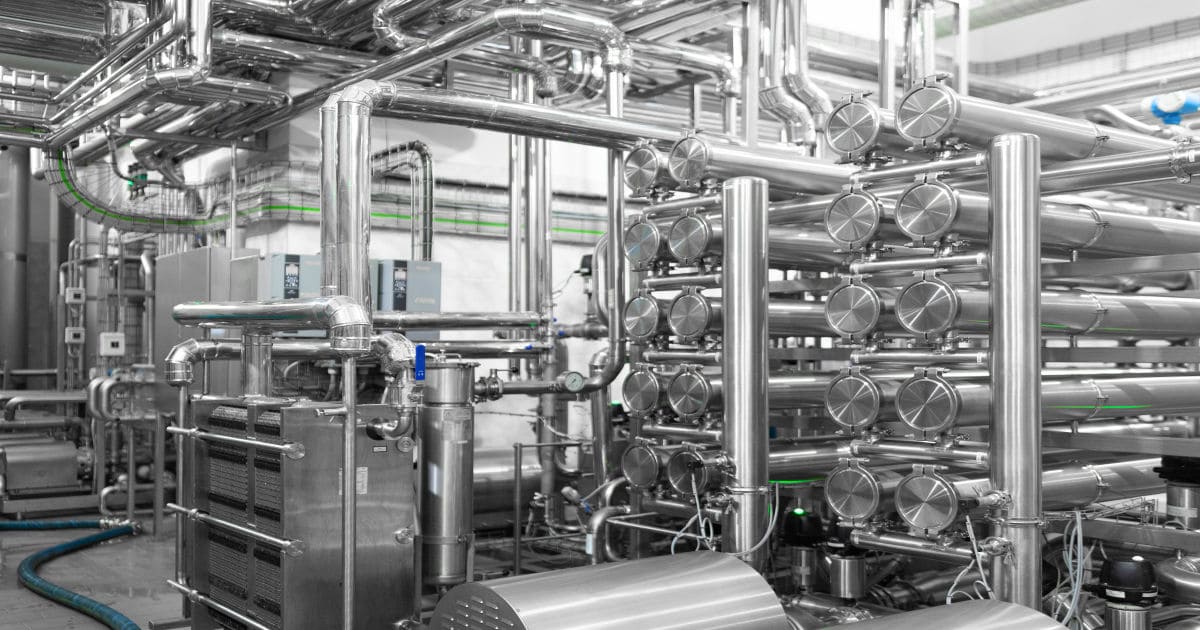
FAQ
Are Aluminum Angles Magnetic?
No, aluminum angles are not magnetic. Aluminum is a non-ferrous metal, which is the element that gives some metals magnetic properties. Therefore, aluminum angles neither attract magnets nor do magnets attract them.
How Do You Cut Aluminum Angles?
Depending on the precision and finish required, you can use various tools to cut aluminum angles. For small-scale projects, a simple hacksaw with a blade designed for metal cutting may suffice. Electric power tools like a miter or band saw with an aluminum-cutting blade are more appropriate for larger projects or more precise cuts. Remember to follow manufacturer guidelines for your tool.
Can Aluminum Angles Be Welded?
You can weld aluminum angles, but welding aluminum poses more challenges than welding other metals like steel. This is due to aluminum’s high thermal conductivity and lower melting point. People commonly use Tungsten Inert Gas (TIG) welding to weld aluminum, although they can also use Metal Inert Gas (MIG) welding. It’s important to clean the surfaces thoroughly before welding and to use an appropriate filler material compatible with the specific aluminum alloy you’re working with.
References
The Recycling Process of Aluminum
